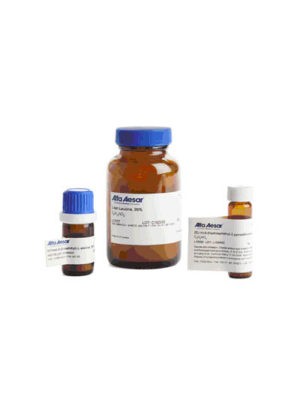Aldehyde Acetals

Aldehyde Acetals
Aldehyde acetals are characterized by the bonding of two oxygen atoms to a central carbon atom, bearing either two hydrogen atoms or a hydrogen atom and an organic substituent. Some examples of acetals are dimethoxymethane, dioxolane, paraldehyde, 1,3,5-trioxane, and 2-methyldioxolane. Heating the acetal in aqueous acid regenerates the aldehyde. Besides being stable against bases, acetals are also inert to many oxidizing and reducing agents. This property of acetals makes them useful as carbonyl or alcohol, in particular diol, protecting groups in organic synthesis. Acetals find use in organic synthesis for trans-acetalization reactions.
In nature acetals are pervasive. For instance, the glycosidic bonds of carbohydrates and other polysaccharides that are abundantly found in nature are made up of acetal linkages. Acetal is an important flavouring compound in distilled beverages. An important practical application of acetal is in industrial and mechanical products. The polyacetal, an acetal of formaldehyde, is a plastic material with better dimensional stability, low friction, good wear resistance, high strength and stiffness which make them suitable materials for the manufacture of engineering parts, gears, bearings, springs, business equipment, thin-walled parts, plates, fasteners, bushings and housings. Additionally, polyacetal can also have automotive applications and electrical/electronic applications.


